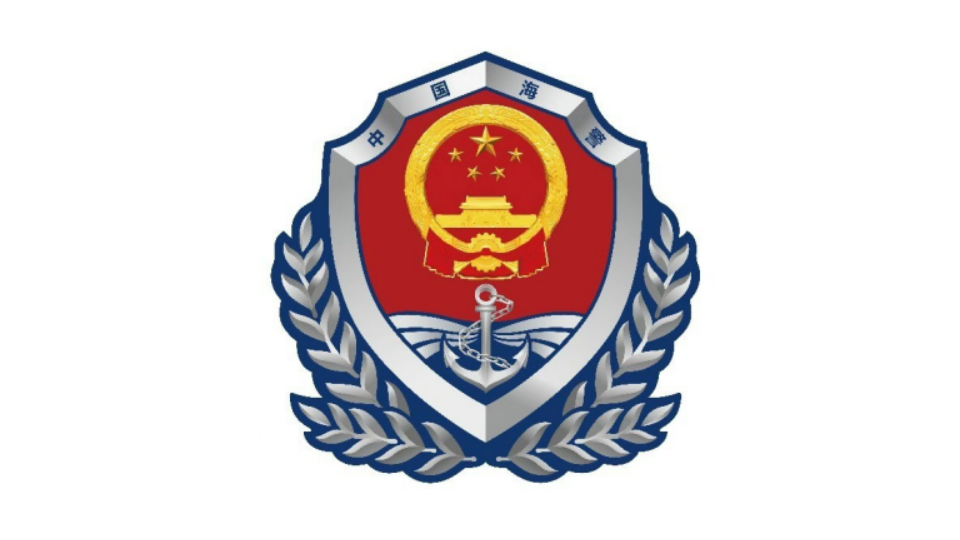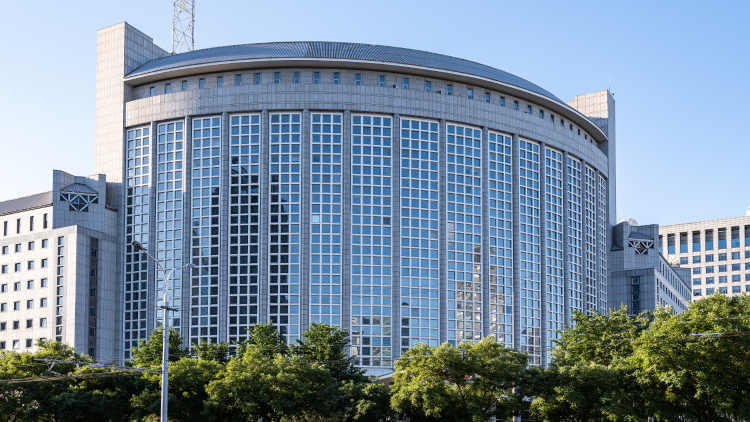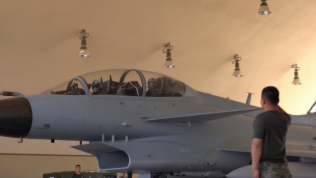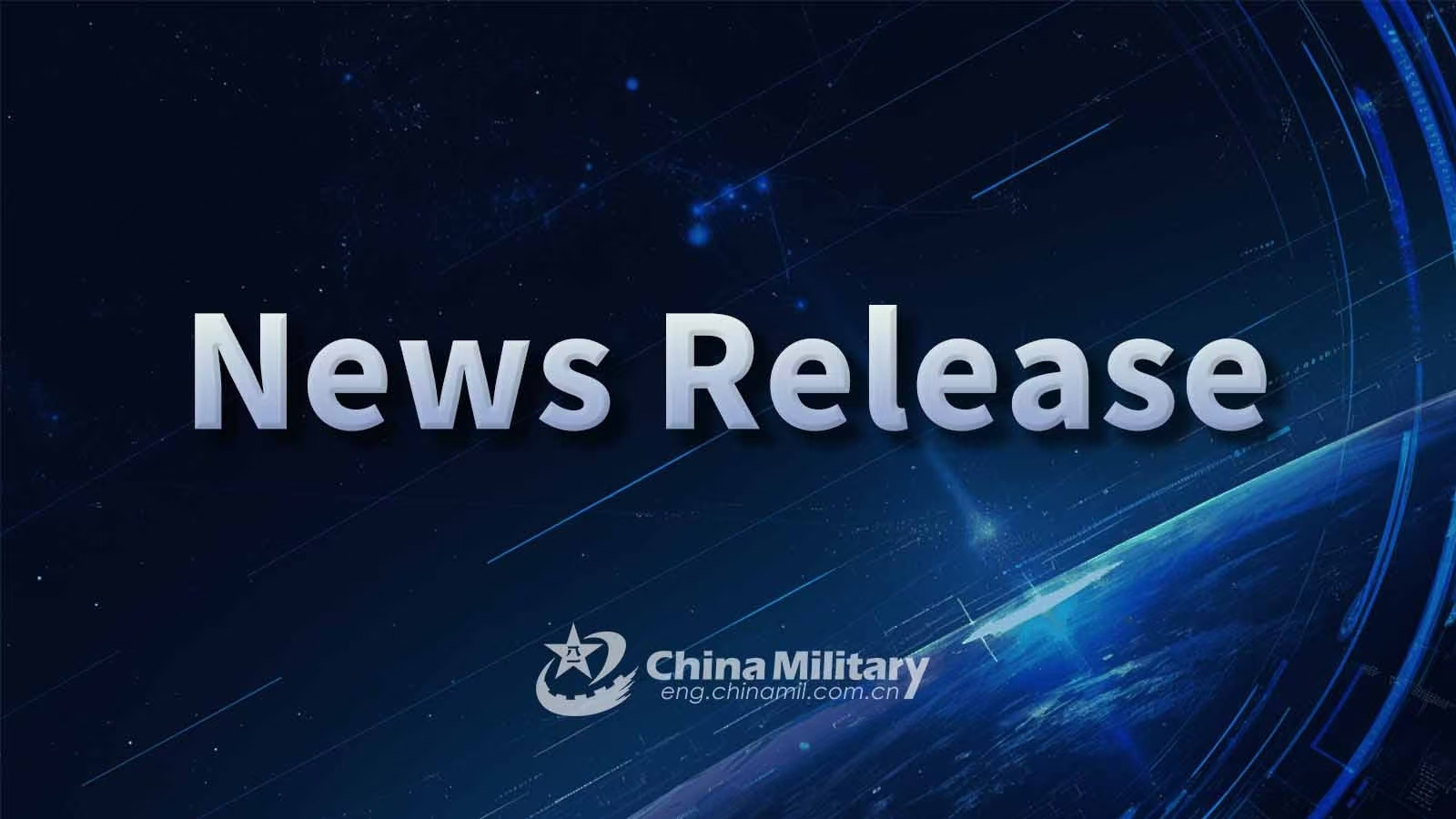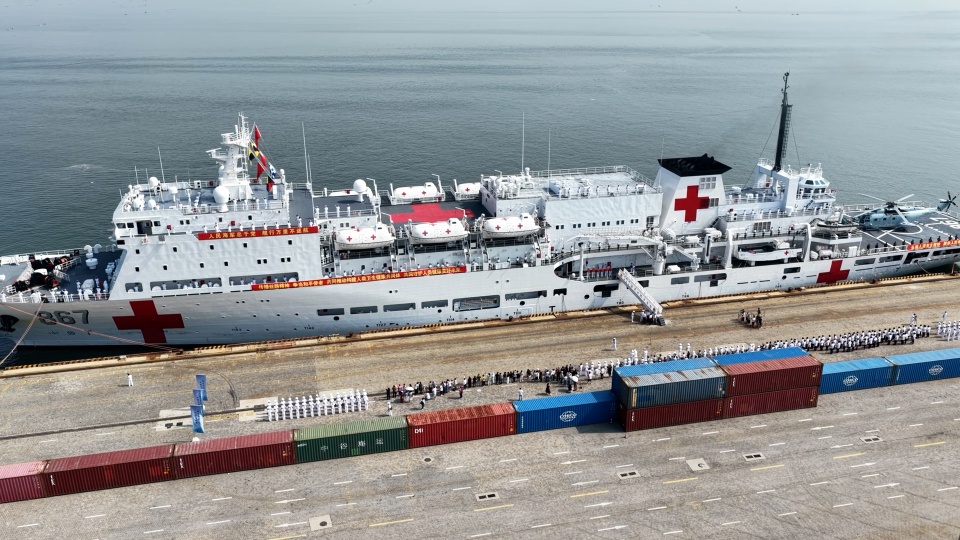By Zong Haihe
US Secretary of Defense Pete Hegseth recently visited the Philippines and spoke at length about the so-called "military threat in the South China Sea." The Declaration on Maritime Security and Prosperity, issued at the G7 foreign ministers' meeting in mid-March, reiterated outdated rhetoric, unfairly and groundlessly criticizing China under the pretext of "protecting freedom of navigation."
In fact, the US has been the biggest driver of militarization in the South China Sea through its sustained high-intensity military activities in recent years. According to An Incomplete Report on US Military Activities in the South China Sea in 2024 issued by the Chinese thinktank South China Sea Strategic Situation Probing Initiative (SCSPI), US large reconnaissance aircraft conducted approximately 1,000 close-in reconnaissance missions in and around the South China Sea in 2024. US ocean surveillance and survey ships operated for a total of 706 ship-days in the area and both the frequency and intensity of these activities have significantly increased compared to 2023. US carrier strike groups entered the South China Sea eight times, with clear signals of demonstrating presence. At least 10 nuclear attack submarines, two guided nuclear missile submarines, and one ballistic nuclear missile submarine of the US appeared in the South China Sea and its surrounding waters in 2024, obviously aiming at deterrence and intimidation.
At the same time, the US is accelerating the construction of strategic footholds and alliance systems around the South China Sea. The US announced $500 million in military aid to the Philippines in 2024, shared classified defense intelligence with the Philippines, deployed the Typhon medium-range missile system in the Philippines, and assisted with Philippine naval exercises and training in an attempt to turn the Philippines into a "key stronghold." The US is also deepening policy coordination and military collaboration in the South China Sea with countries such as Japan, Australia, and the ROK. According to incomplete statistics, the US conducted 110 large-scale military exercises and drills in and around the South China Sea (stretching east to the Philippine Sea and south to Australia) in 2024. An increasing number of countries have participated in these joint exercises, increasingly targeting China as an "imaginary enemy". This trend reflects a growing emphasis on maritime containment strategies aimed at China.
Although the US continues to fan the flames, the South China Sea remains peaceful and stable thanks to joint efforts between China and ASEAN countries. It is still one of the world's safest and busiest maritime and air routes. China and other parties to the South China Sea dispute have established comprehensive maritime dialogue mechanisms and insist on resolving differences through dialogue and negotiation. Substantive progress has been made in cooperation between China and ASEAN countries, and negotiations on the Code of Conduct in the South China Sea (COC) are accelerating.
The US's tactics of inciting bloc confrontations in the South China Sea are becoming increasingly unpopular. The Malaysian Prime Minister criticized the US and other Western countries for forcing other countries to take sides, and the Indonesian President clearly emphasized that regional issues should be handled in an "Asian way". The US has a history of abandoning its allies in times of crisis. The Philippines would be too naive if it still expects the US to shoulder risks for it in the South China Sea.
(The author is an international affairs observer.)
Editor's Note: Originally published on huanqiu.com, this article is translated from Chinese into English and edited by the China Military Online. The information and opinions in this article do not necessarily reflect the views of eng.chinamil.com.cn.






